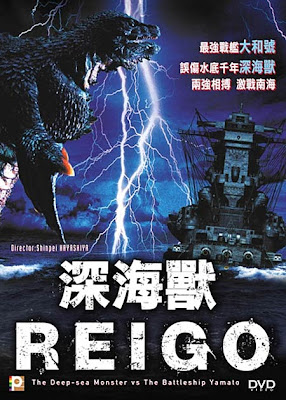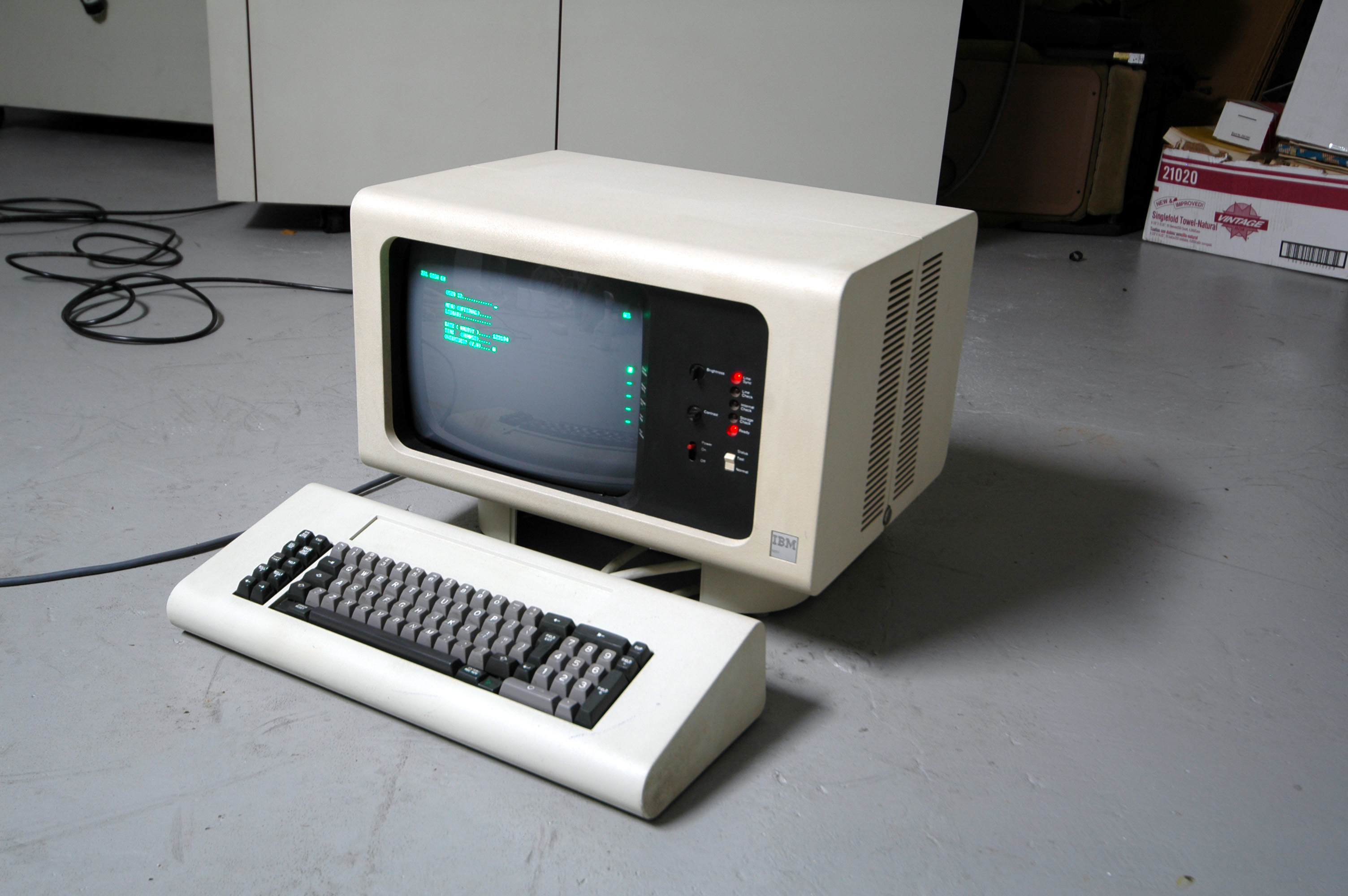
Top one wins on the Cherry side in terms of size. Middle on in terms of weight. 5.1kg is pretty much unbeatable I think.
If you mean the bottom one on the picture, not really. It's a G81-8308, it has lasered keycaps and 24 programmable keys.xbb wrote:Is that rare? I found some a week ago or so
That's the kind of thing I'm suggesting everywhere about keycaps group buys.webwit wrote:What kind of bastard layout is that?? US ISO?

This is as appropriate a place for my question as any, I suppose.webwit wrote:What kind of bastard layout is that?? US ISO?
IBM Selectric III, 92-character configuration, 1980webwit wrote:Also typewriters are hardly known for their ANSI style Enter key.



There's something even more "based on the IBM 5251" than the Selectric III.daedalus wrote:although it's very much based on the IBM 5251 keyboard arrangement.



